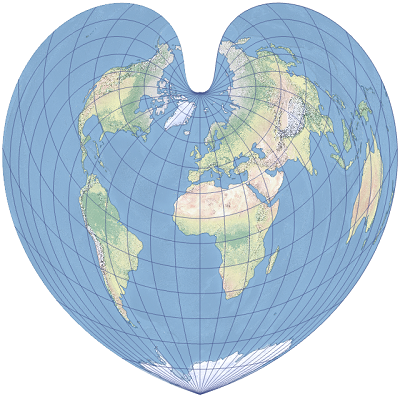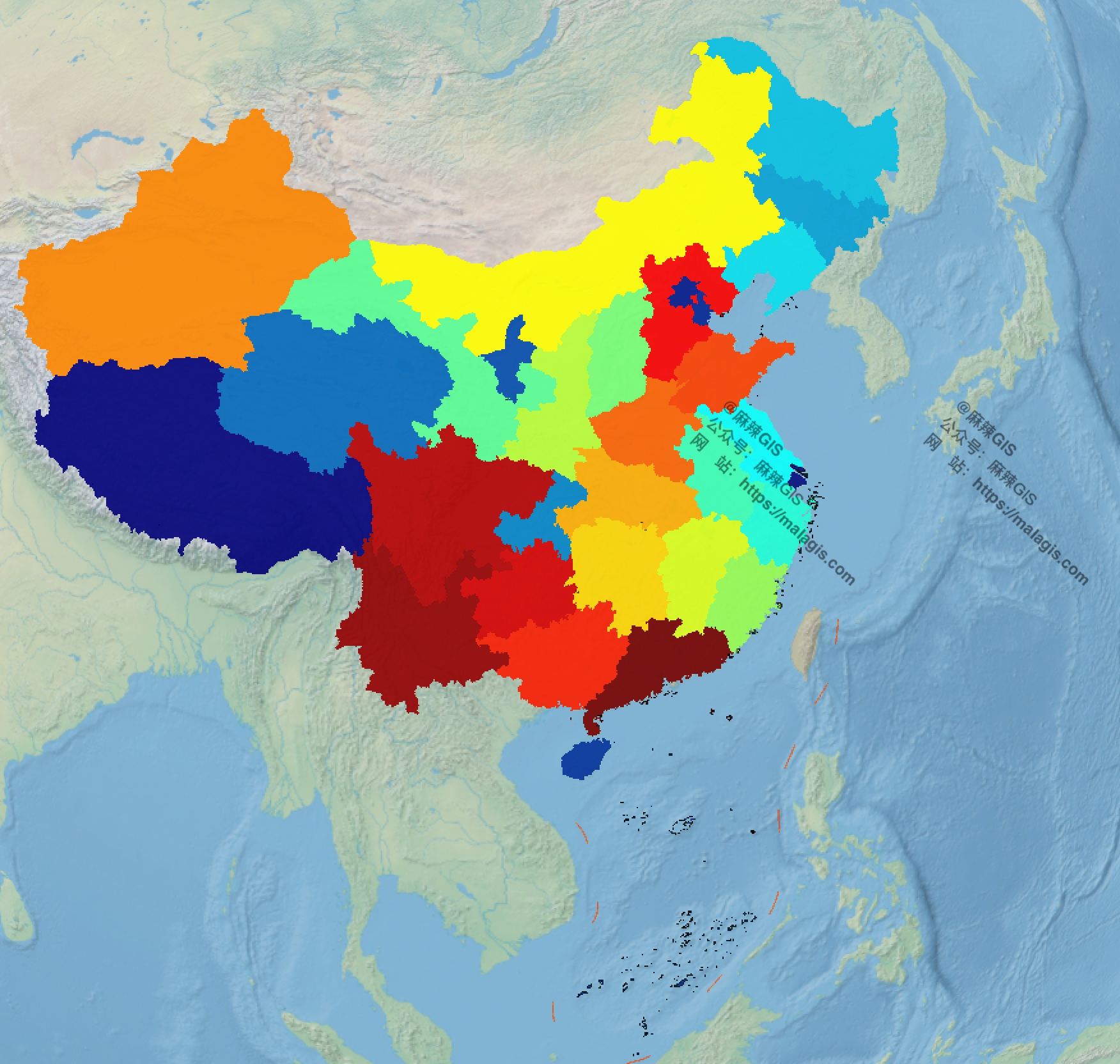Recently (on October 24), the Google Earth team updated their official website, announcing that this upgrade officially integrates the Gemini large model into Google Earth, adding geospatial reasoning capabilities. This transforms it from a platform primarily displaying satellite images into an intelligent geospatial analysis platform that can understand and respond to natural language queries.

Geospatial Reasoning
To solve complex problems, one must see the big picture. This is the concept behind "Geospatial Reasoning," a framework powered by Gemini that now enables AI to automatically connect different Earth AI models—such as weather forecasting, population maps, and satellite imagery—to answer complex questions.






